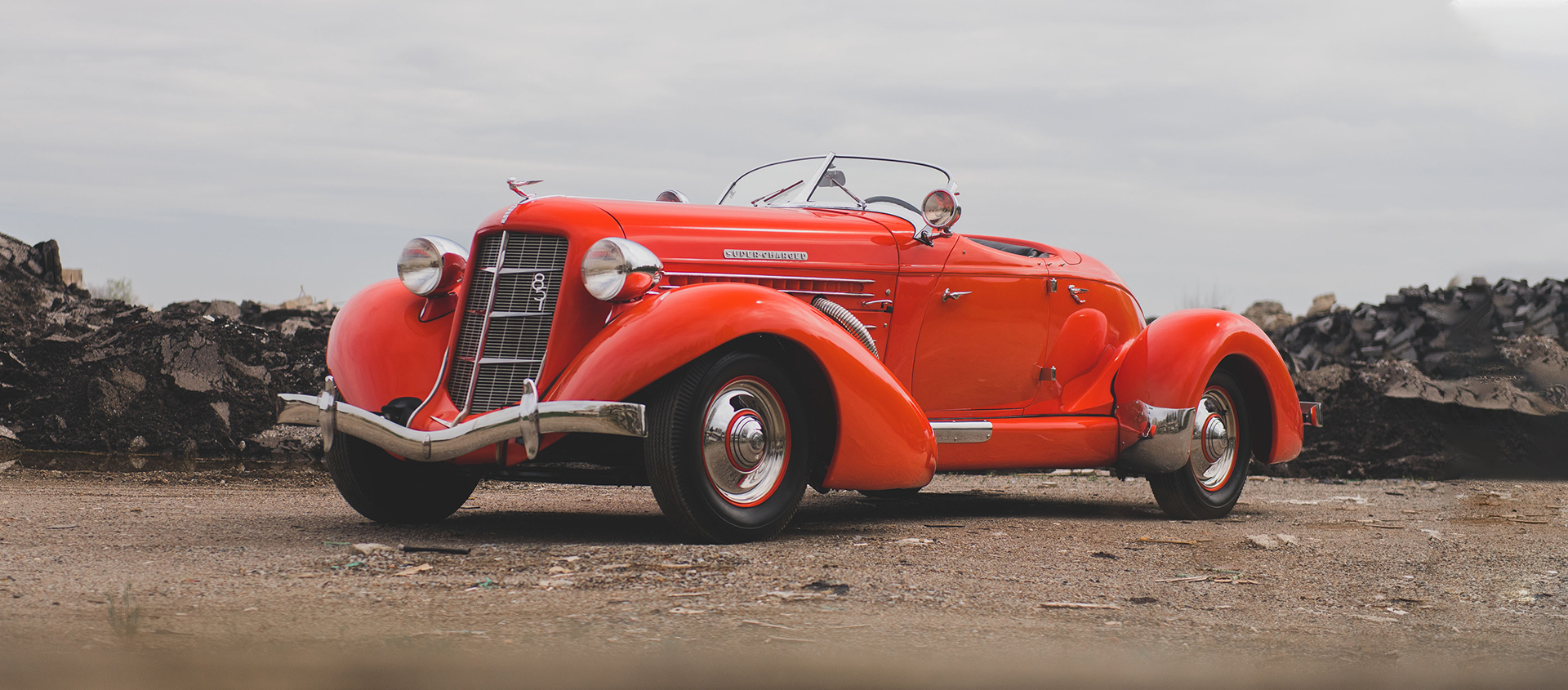RM - The old-school approach
15 September 2020 1 min read 4 images

If we were to try and define the RM auction at Auburn (3-5 September) it could easily be compared to an American V8 engine. That’s right, because the power output of those thundering V8s isn’t down to the use of special materials or technical innovations but simply due to their enormous displacement; just as in the case of RM, where the considerable turnover was purely the result of the large number of cars on offer.
Register to unlock this article
Signing up is free and gives you access to hundreds of articles and additional benefits. See what’s included in your free membership. See what's included in your free membership.
Already have an account? Log In